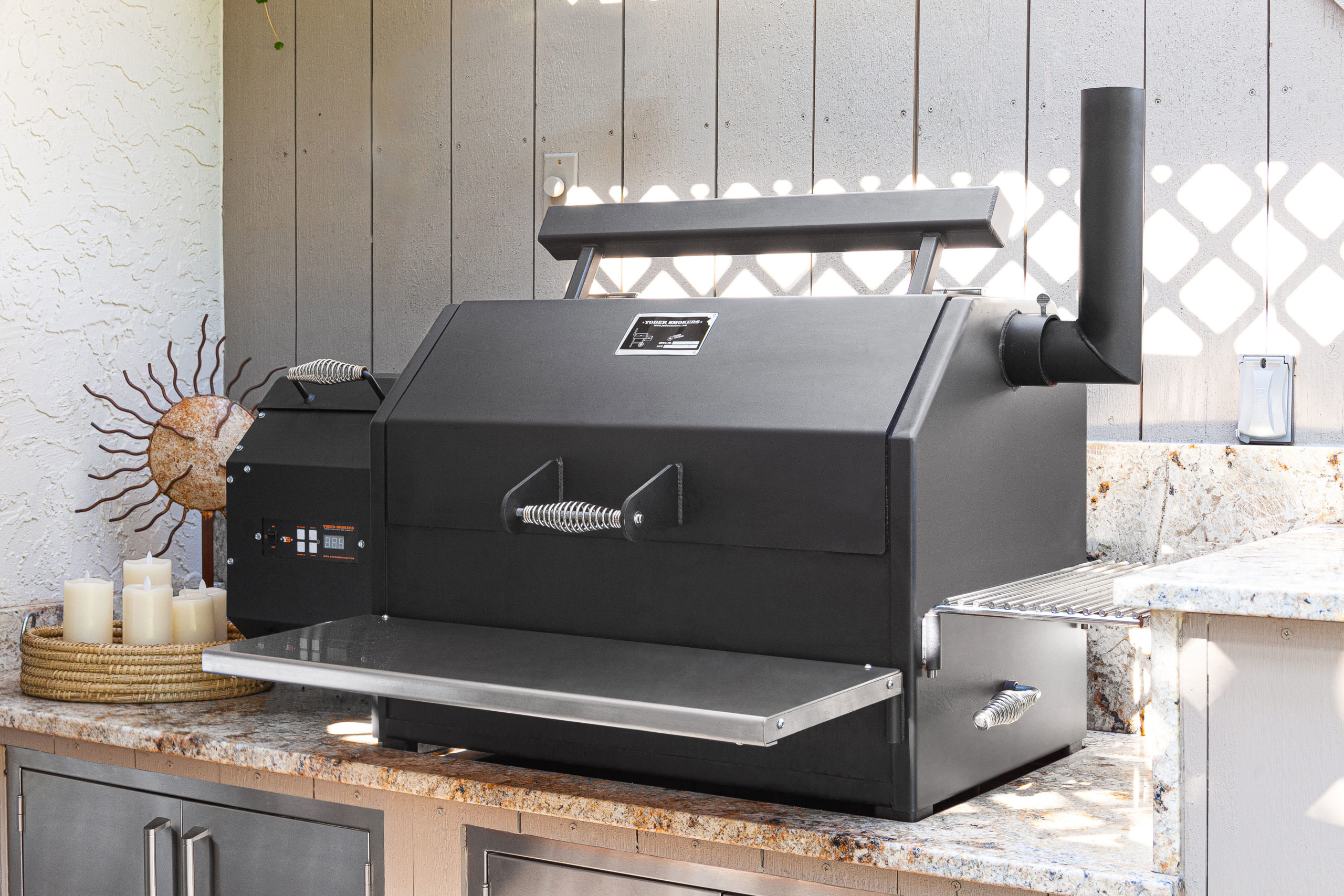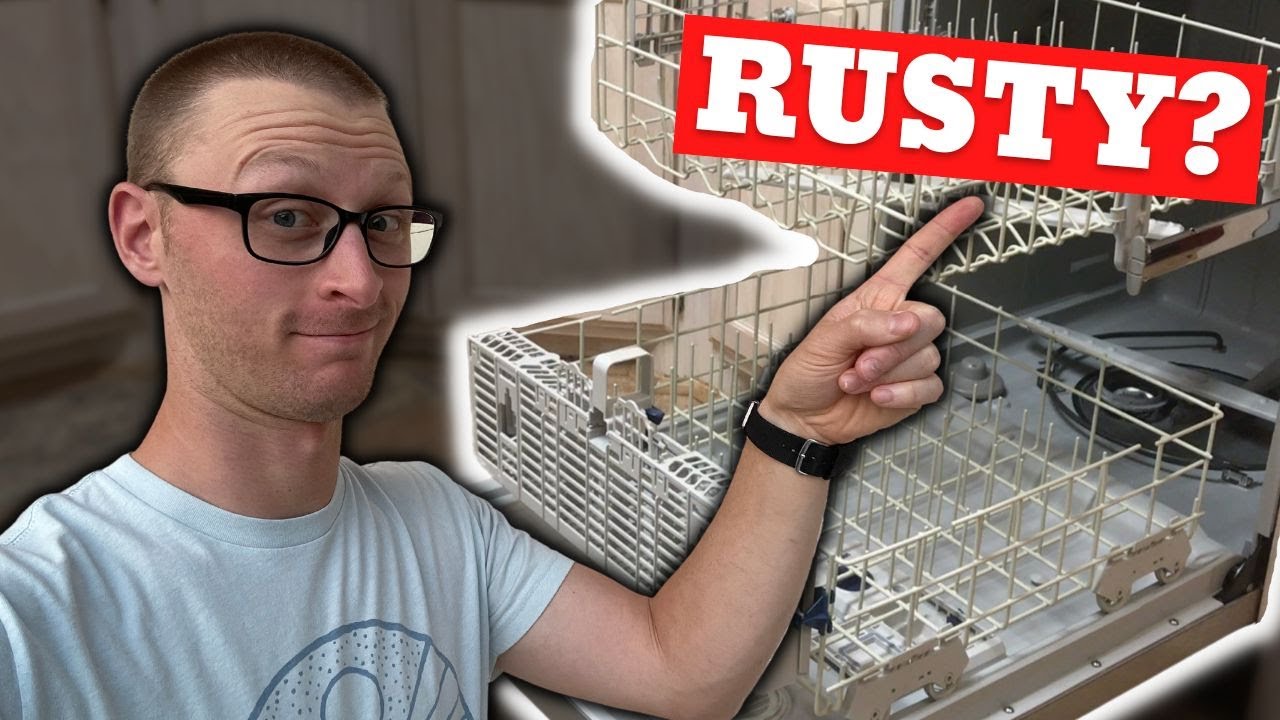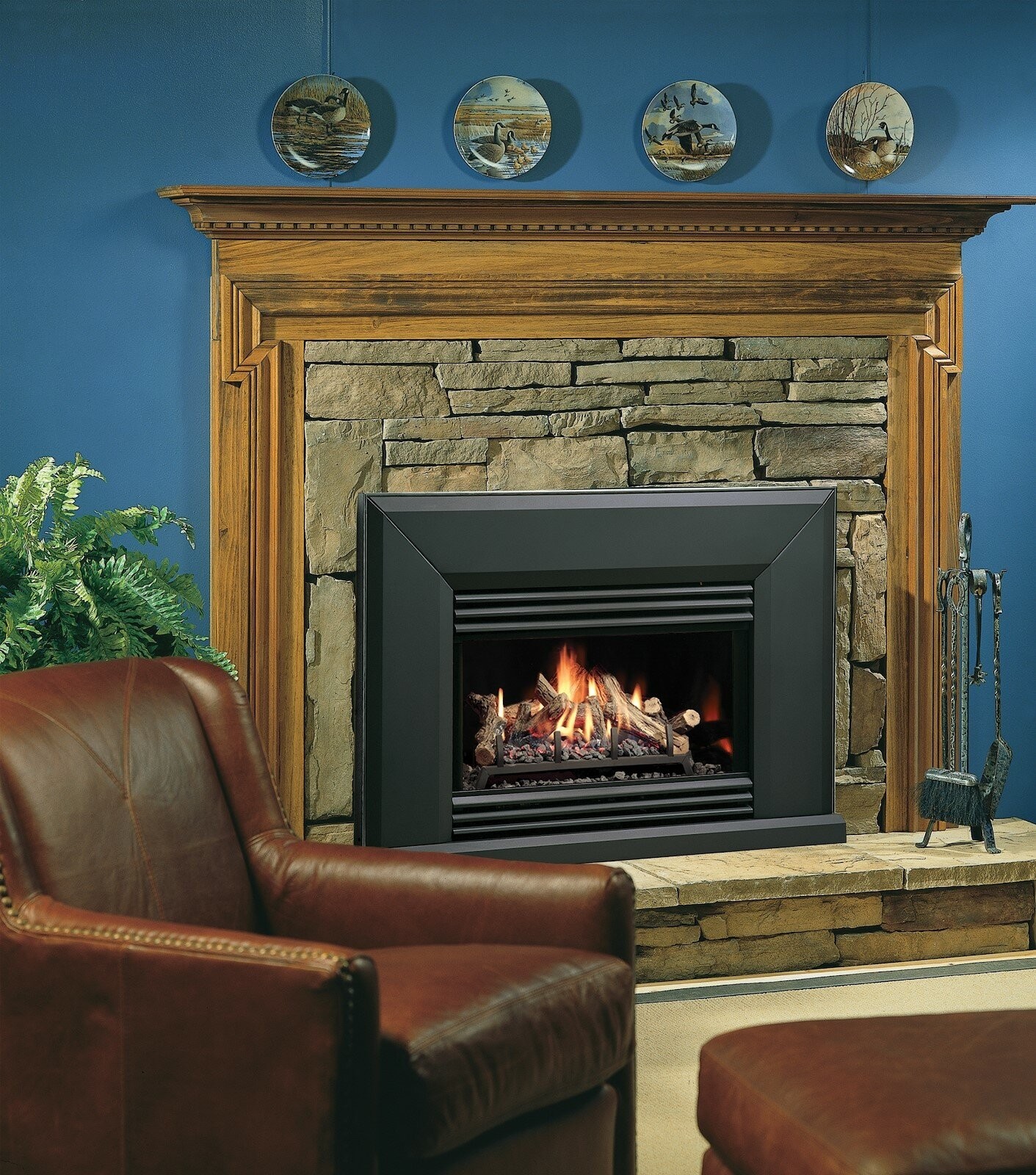Different Fuel Types
Stoves are available in three main fuel type options: gas stoves, pellet stoves, and high-efficiency wood-burning. Deciding what is the best fuel source for you can be challenging. Worry not! We have put together the advantages and disadvantages of wood-burning, gas, and pellet stoves to help you make the right choice for you.
Gas Stoves
Pros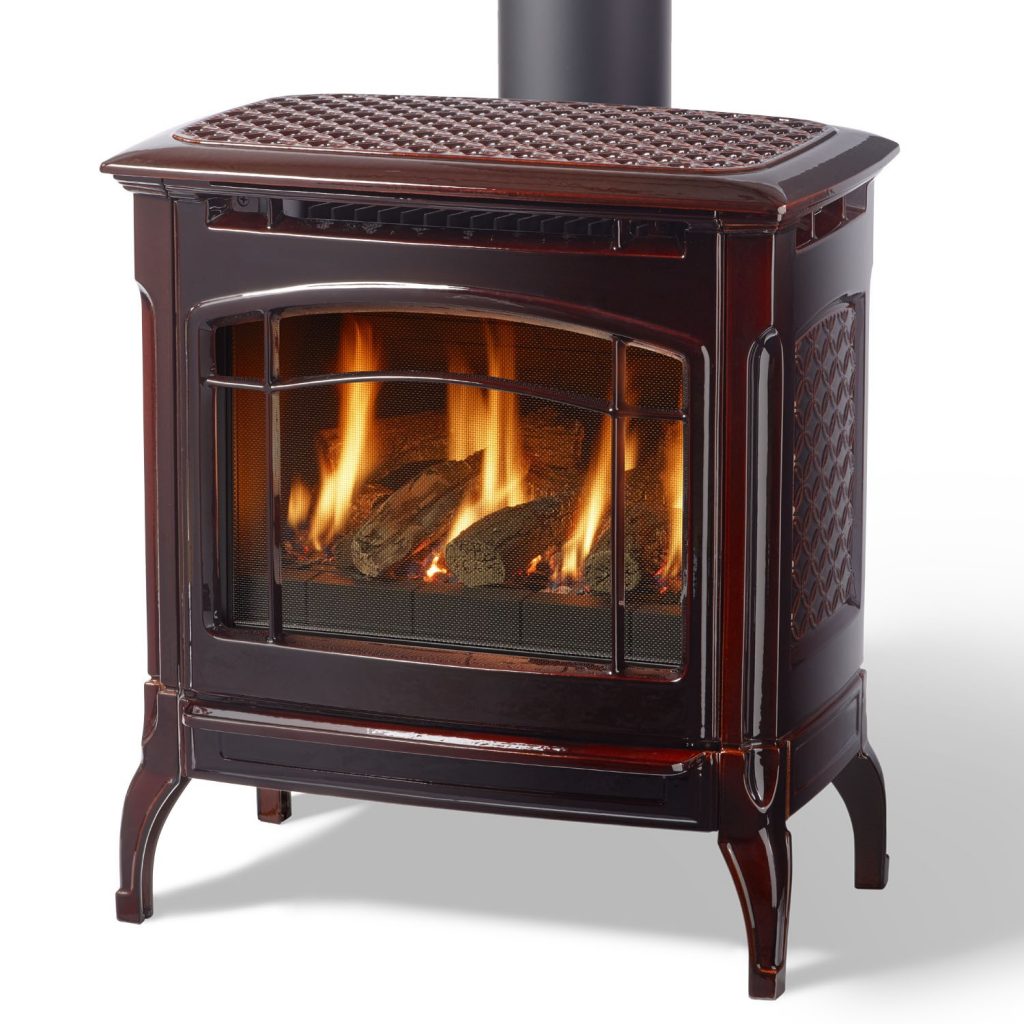
- Gas stoves are extremely convenient, as all you have to do is to press a button to start a fire. Remote controls can even operate some models.
- The fire produced by a gas-fueled stove emits fewer toxins than a fire fueled with wood.
- They are low maintenance, as you do not have to clean up the mess that occurs with a wood-burning stove.
Cons
- If there is no natural gas connection to your home, this kind of stove cannot be set at your place.
- It’s hard to budget your heating costs because the price of natural gas tends to fluctuate.
- A gas flame will never accurately resemble a wood-burning fire because of the appearance, smells, and sounds of a wood fire.
Pellet Stoves
Pros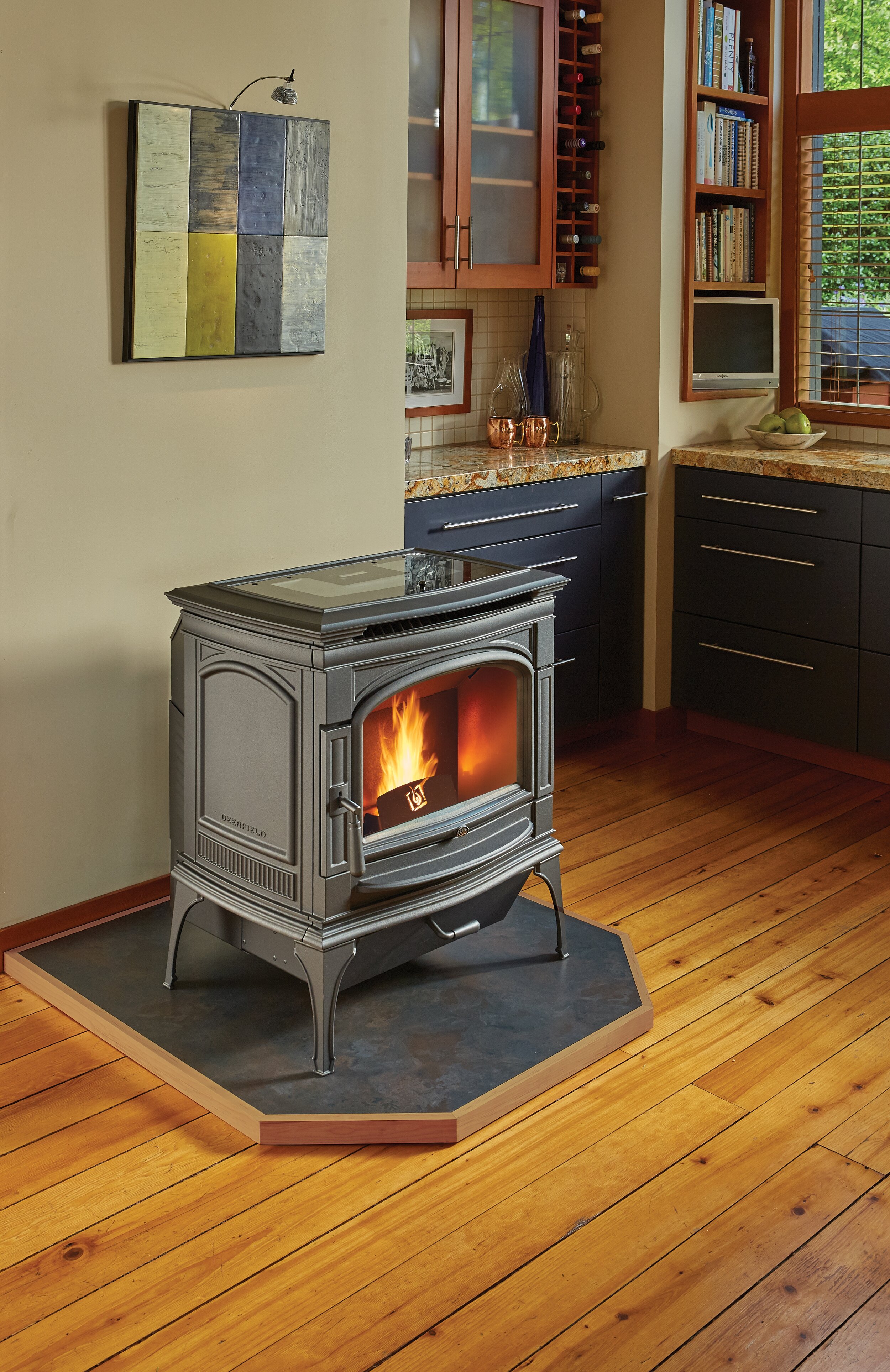
- Pellet stoves are the most environmentally-friendly model. They are made from recycled sawdust and wood shavings. Tightly compacted pellets burn much cleaner than firewood.
- The cost of pellets is relatively inexpensive. Plus, people tend to notice lower heating costs when using a pellet stove as a heating appliance.
- Very easy to operate; you simply open the hopper, pour some pellets inside the hopper, and then turn on the stove.
Cons
- Because pellet stoves rely on electricity to operate, if there is a power outage, you will be without heat until the electricity is restored.
- Although pellet stoves are cheaper to operate, they usually cost more than the other two types of stoves.
- Burning pellets leave a mess behind, so the cleaning involved may not be what you want to do on a regular basis.
Wood-Burning Stoves
Pros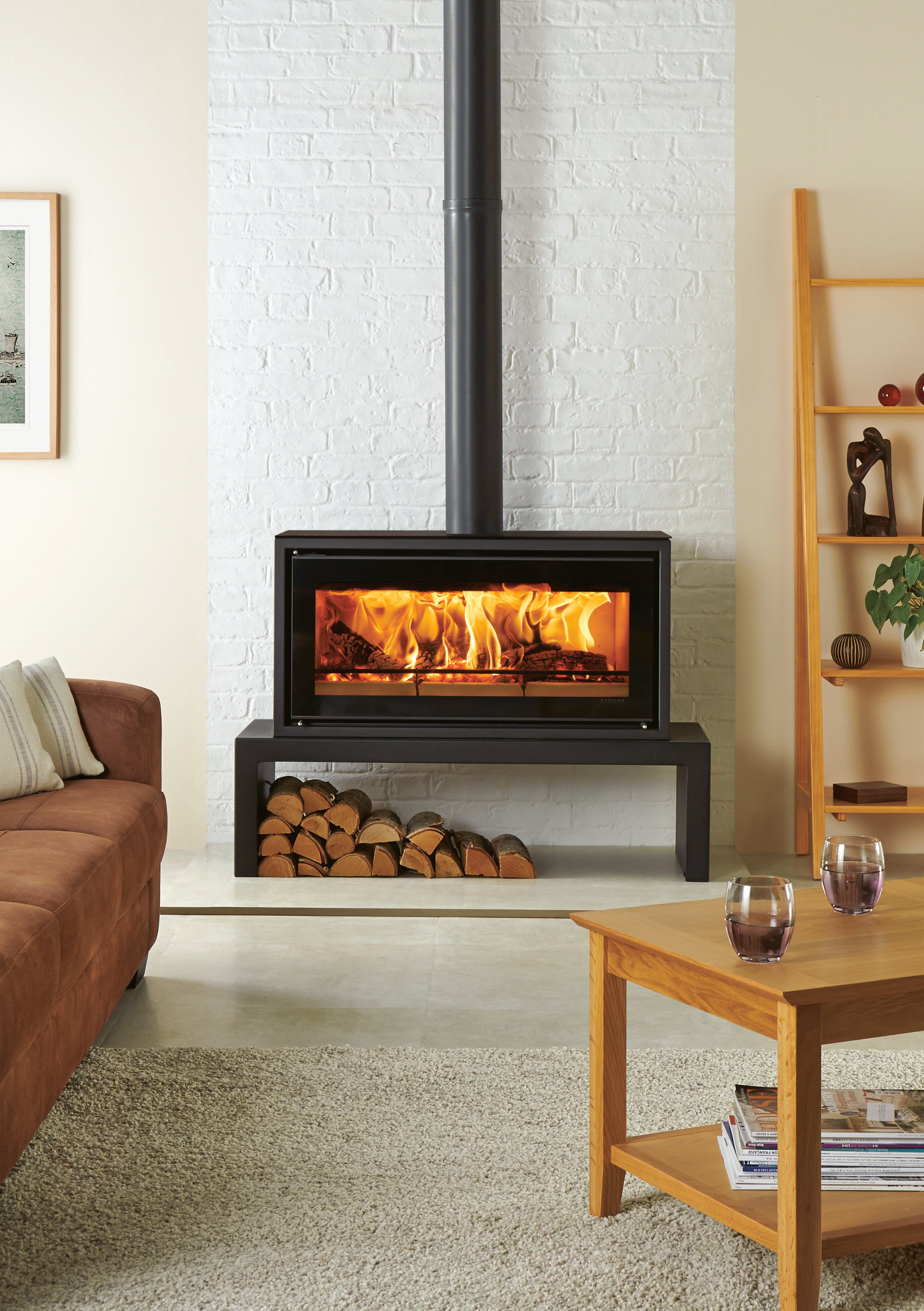
- You can find wood-burning stoves that are certified by the US Environmental Protection Agency (EPA) based on emissions testing.
- Firewood is relatively cheap, particularly if you cut and dry it yourself.
- A wood-burning stove does not need gas or electricity to operate.
Cons
- Having to bring firewood in from outside can be a tiresome chore.
- Firewood usually requires a large area for storage – usually outside of your home.
- Steady use needs a continuous supply of wood chips or other biomass, even every four hours.
Want to learn more about stoves, or want to buy a new stove in Colorado? Contact Hi-Tech Appliance today!
Recent Posts

